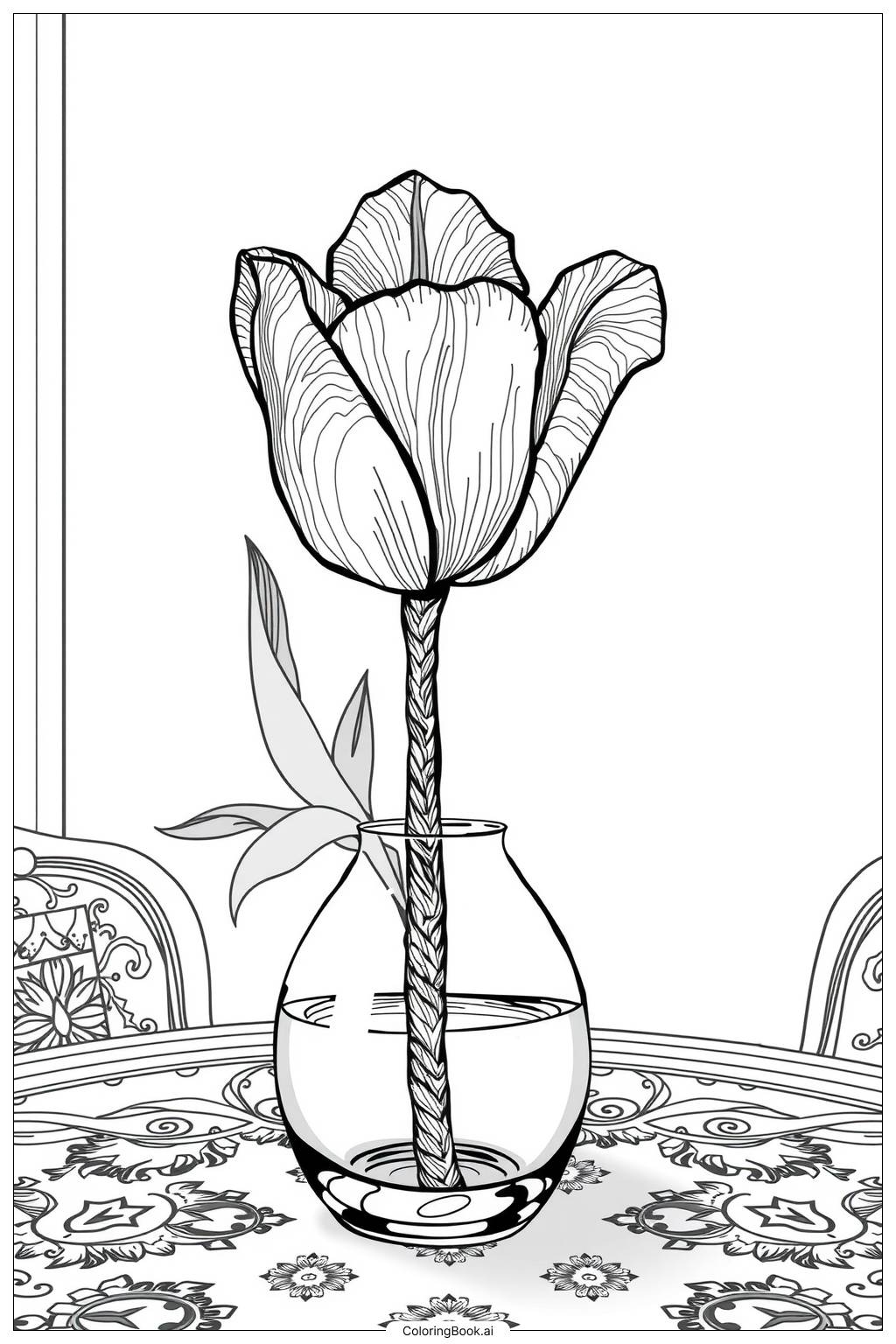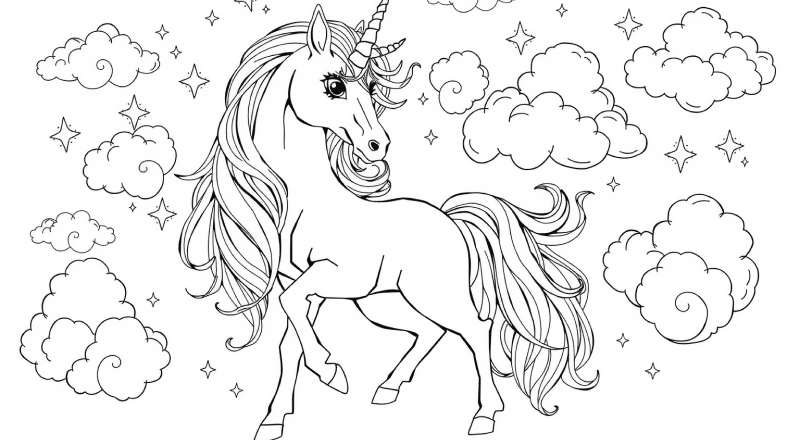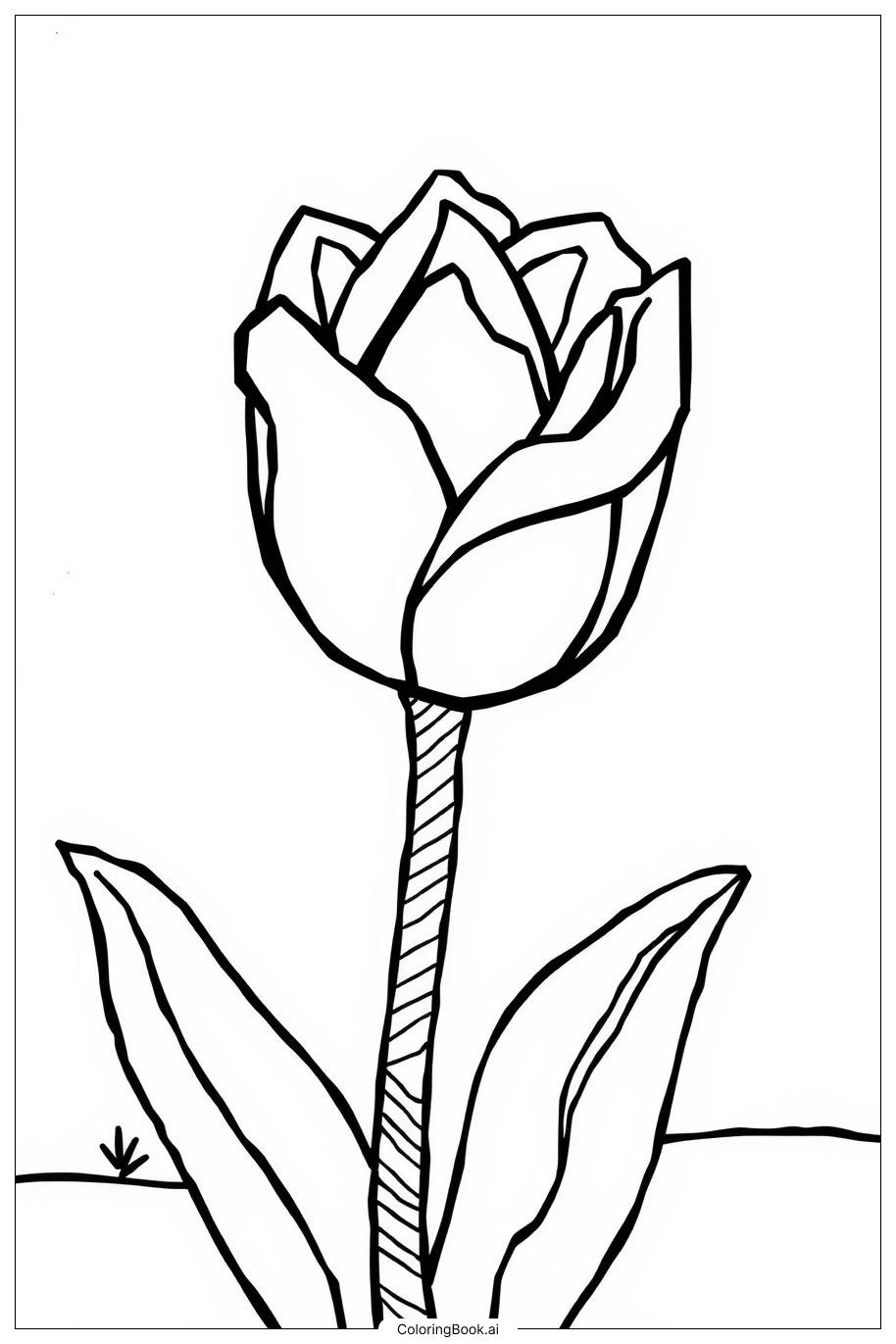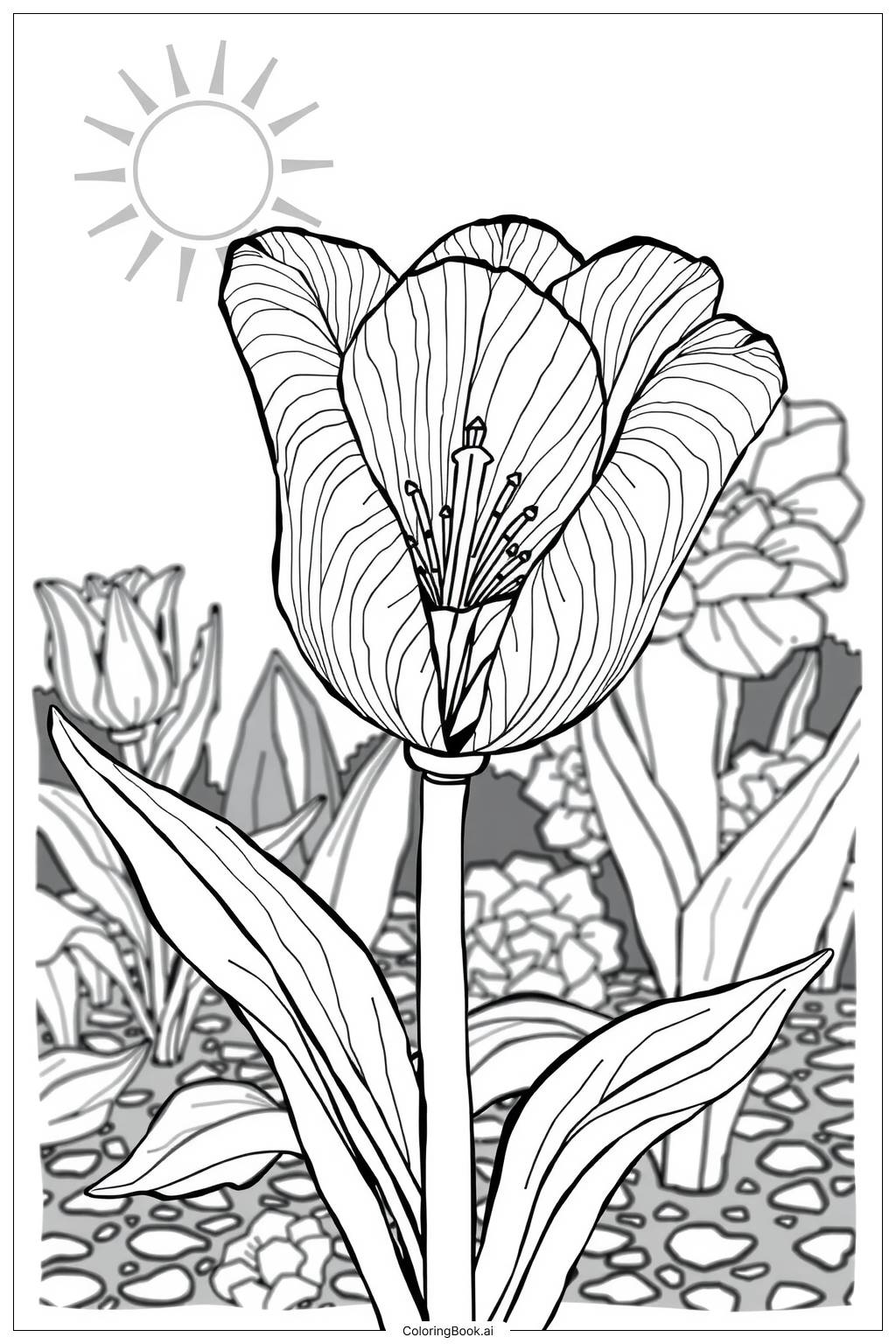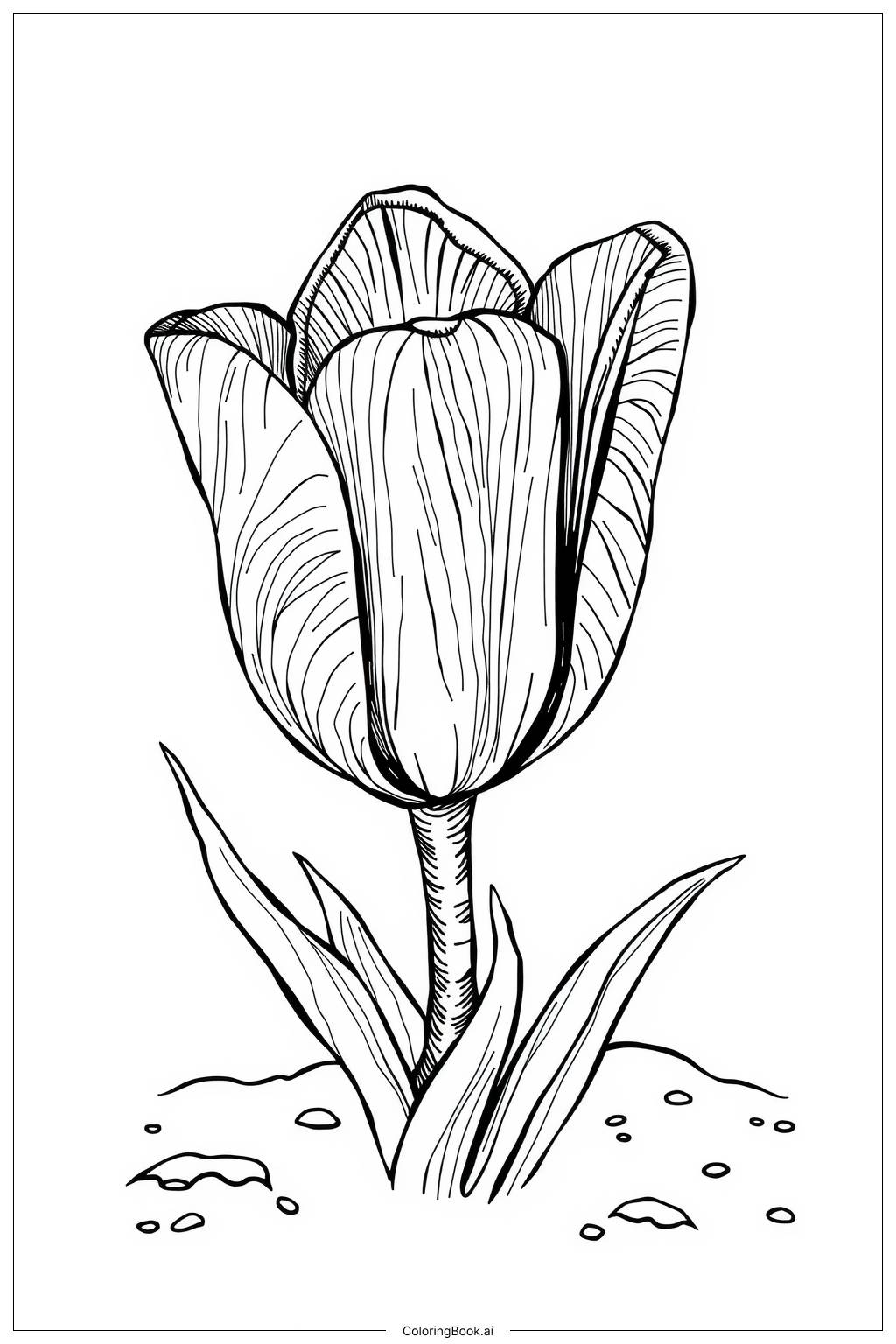Coloring tips: How to color Tulip in a Glass Vase coloring page well?
When coloring this tulip, consider using bright colors like red, pink, or yellow for the petals to make them stand out. For the leaves, choose shades of green to create contrast with the flower. The glass vase can be colored lightly with blue or clear hues to capture a glass-like effect. You might even imagine a reflection in the vase and add subtle shades to show depth. For the table, lower tones like beige or brown can complement the vibrant flower. Experiment with coloring techniques like blending to enhance the beauty of your work!
Coloring challenges: Which parts are difficult to color and need attention for Tulip in a Glass Vase coloring page?
1. The tulip's petals have intricate details with lines and curves, making it challenging to color within the lines. You need to focus on precision to keep the colors neat and vibrant. 2. Coloring the glass vase requires understanding transparency. It can be tricky to portray reflections or shadows naturally. Using lighter shades and blending can help in achieving that glass effect. 3. The background design adds complexity. It requires careful planning on color choices to ensure they do not overpower the main subject, the tulip, which can be tricky for some young artists. 4. Deciding how to color the background elements without distracting from the primary focus may be challenging. Balancing all these elements can test your creativity and skill. 5. You may also find it hard to choose colors that harmonize well with each other, especially since it’s important to enhance the essence of the tulip.
Benefits of coloring books: Advantages of drawing Tulip in a Glass Vase coloring page
Coloring this tulip scene offers many benefits for kids. It encourages creativity as they choose colors and techniques to bring the tulip to life. This activity also enhances fine motor skills, as children practice holding coloring tools and staying within the lines. Moreover, completing the coloring page provides a sense of achievement. It can also be a relaxing experience, helping to reduce stress and anxiety. Engaging with art like this promotes focus and concentration, which are important skills for learning. Finally, children can enjoy sharing their completed artwork with friends and family, boosting their confidence.
